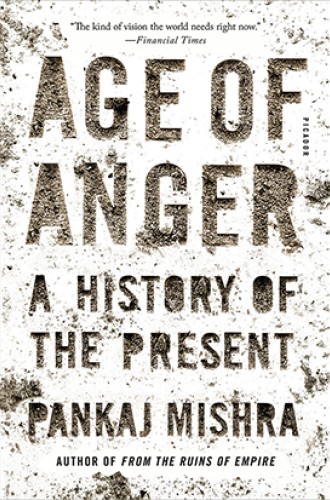The resentment that capitalist modernity leaves in its wake
What do terrorists and populist nationalists have in common? They're fueled by inequality.
Whoever has emerged victorious,” wrote Walter Benjamin, “participates to this day in the triumphal procession in which the present rulers step over those who are lying prostrate. There is no document of civilization which is not at same time a document of barbarism” (“Theses on the Philosophy of History”).
For over two decades in several fine books, Indian-born critic Pankaj Mishra has been urging Western readers to listen to Asian and Middle Eastern voices, including his own, speaking “from the ruins of empire” about the costs of liberal capitalist modernity. In Age of Anger he asks us to consider the manner in which those voices harmonize to considerable degree with those of earlier generations of writers and artists present at the creation of that modernity in Europe and America. More controversially, he contends that the bitterest of those Western voices, such as that of Jean-Jacques Rousseau, echo today in the terrorist manifestos of al-Qaeda and ISIS. Even more controversially, he urges us, up to a point, to take their point.
At the heart of liberal capitalist modernity, Mishra argues, are principles of individualism and formal equality. Upon these are built a set of economic, social, cultural, and political practices: competitive markets, civil liberties, scientific inquiry, religious tolerance, and states governed by representative democracy. Freedom in such a world is negative freedom, the absence of restraint on the pursuit of individual happiness compatible with the same freedom for all others. Proponents of such modernity envision a “universal commercial society of self-interested rational individuals.” Quickly gaining hold in 19th-century Europe and America, this understanding of modernity subsequently spread to the rest of the world on the wings of imperial expansion. “Modernization, mostly along capitalist lines, became the universalist creed that glorified the autonomous rights-bearing individual and hailed his rational choice-making capacity as freedom. Economic growth was posited as the end-all of political life and the chief marker of progress worldwide, not to mention the gateway to happiness.”






